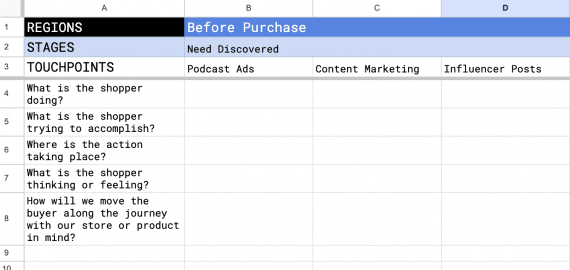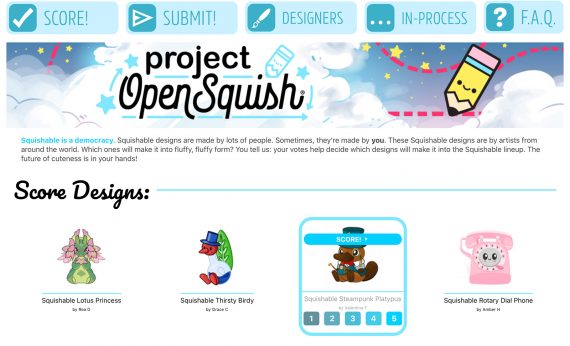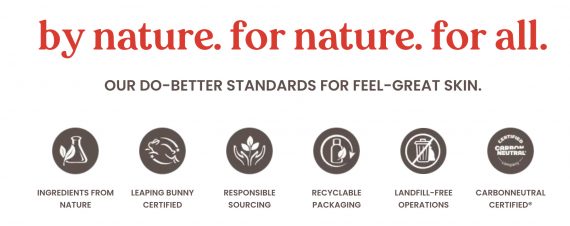Lessons from Bed Bath & Beyond
The demise of retailer Bed Bath & Beyond reminds us of the necessity to adapt to evolving consumer needs. Overstock.com is reportedly buying the brand from bankruptcy and adopting the name. Still, the giant home décor and furnishings seller was set to close its doors.
The failure to embrace online shopping early is surely a leading cause. Covid-19 accelerated the slide as Bed Bath & Beyond fell behind ecommerce rivals.
Change is inevitable, and flexibility is key — for any business, online or off. As I write this, shoppers’ needs are evolving. But how do merchants know what those changes are? How do we adapt?
Start with these three tools.
Website Data
Analyze how shoppers enter the site and what they do once there. This includes navigation, product search, taps and clicks, saving products to carts and lists, and checkout. Product ratings and reviews reveal useful information, such as consumer expectations and brand loyalty.
What to do: Track everything you can without violating shoppers’ trust. Study heat maps and detailed analytics. Annotate your changes in the analytics tool to track what works. Try to implement updates over time to more easily tell the impact of each.
Studies and Trends
Reputable surveys and studies can identify product gaps and growth potential.
For example, a recent analysis by Boston Consulting Group and Shopify of more than 1 billion data points across 220,000 online stores identified these top sales drivers:
- Organic traffic sources — primarily word-of-mouth and direct marketing — outperformed ads, especially for smaller businesses.
- Shopping carts filled with multiple products tend to convert better. The sweet spot is five to 10 items, depending on the type of store.
- A quick and easy checkout process is essential. Customers must trust you, but fraud-prevention checks should never slow things down.
- Express payment methods such as Amazon Pay, Apple Pay, Google Pay, and PayPal can increase conversions by 50%.
- Simple converts better. A clutter-free environment keeps shoppers focused. Minimize distractions.
- Enticements work. Loyalty programs and value incentives such as volume discounts and free shipping nudge shoppers to add more to their carts.
- Page speed is paramount. Fast-loading pages are a priority. Checkouts longer than 90 seconds decrease conversions by upwards of 47%.
What to do: Pay attention to third-party surveys with large sample sizes for changes in consumers’ shopping habits affecting navigation, products, checkouts, and traffic sources. Analyzing competitors is always helpful, as is the need to understand advances in technology.
Shopper Feedback
My article in 2020 titled “Feedback from Shoppers Is Gold” is equally relevant in 2023.
Off-site reviews, customer service queries, and post-purchase surveys are invaluable. However, actions mean more than words. Shoppers will often tell us what we want to hear.
check your data to confirm the feedback. For example, requests from shoppers for more blue shirts are meaningless if similar shirts never sell in that color. A solution could be a visual survey showing a shirt in the most popular color, the requested color, and one or two other colors. Then allow respondents to pick their favorite.
What to do: Listen to customers and build realistic visuals when asking for preferences. But rely on data to understand the difference between consumers’ words and actions.
Inevitable Change
How will tomorrow’s customers shop? What will they buy? How will they pay? Keep an eye on website data, third-party studies, and consumer feedback. They are not foolproof but likely include telltale signs of what’s to come.
















